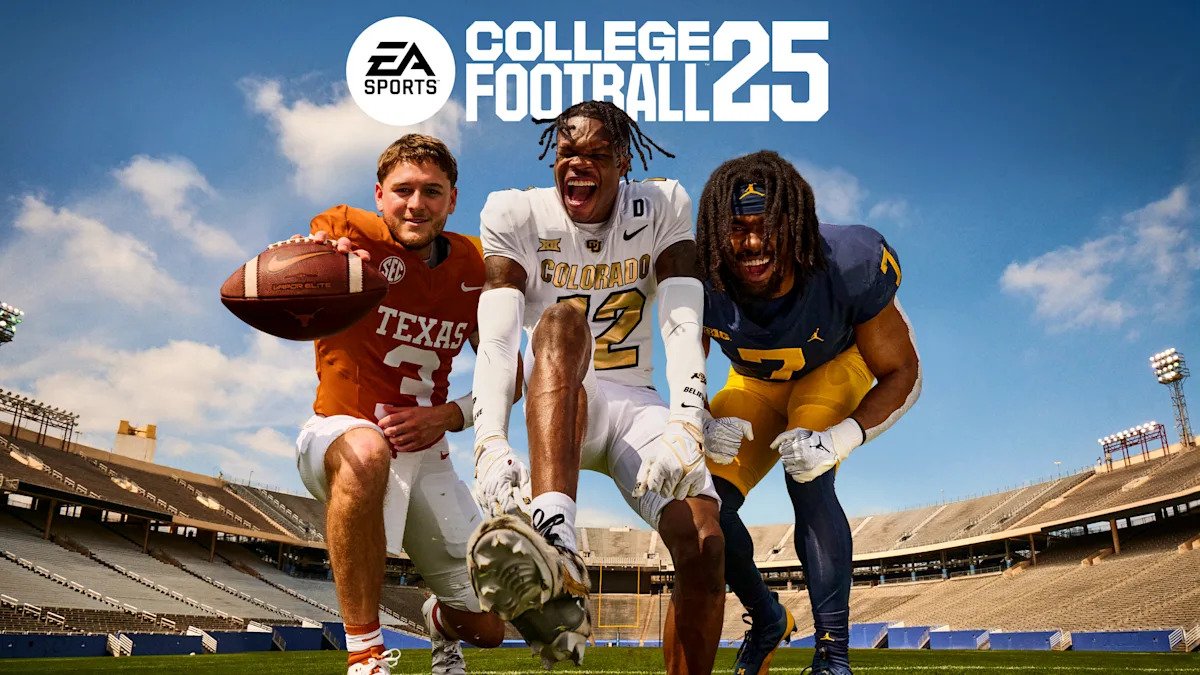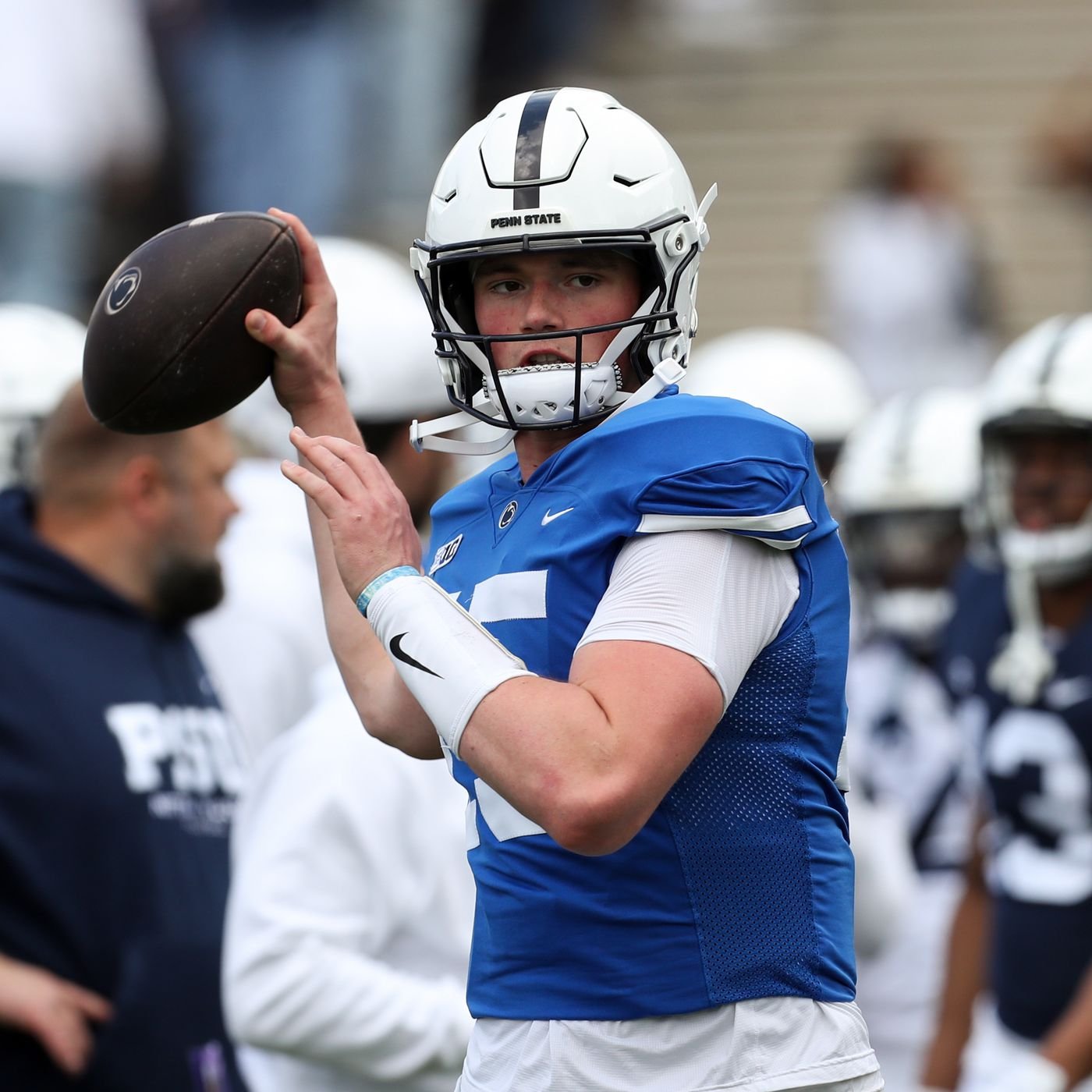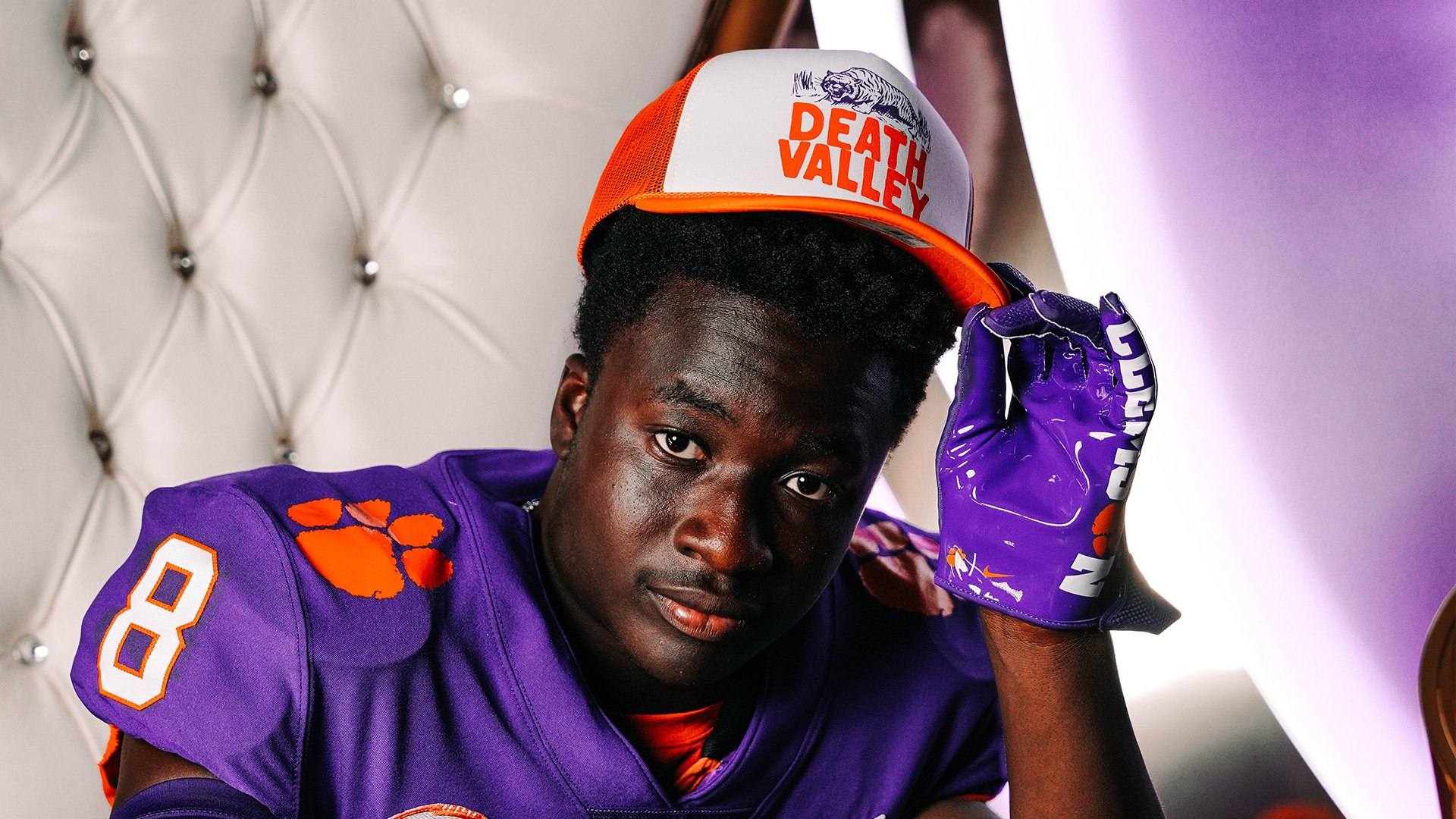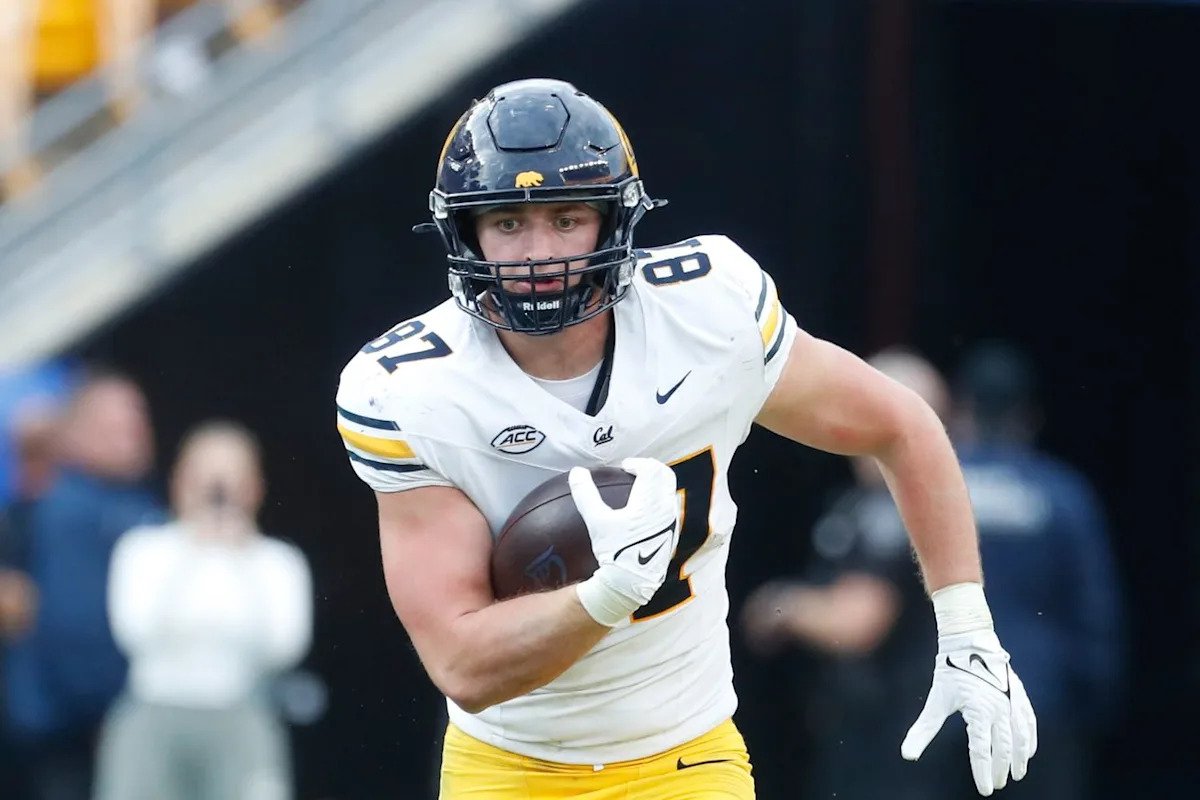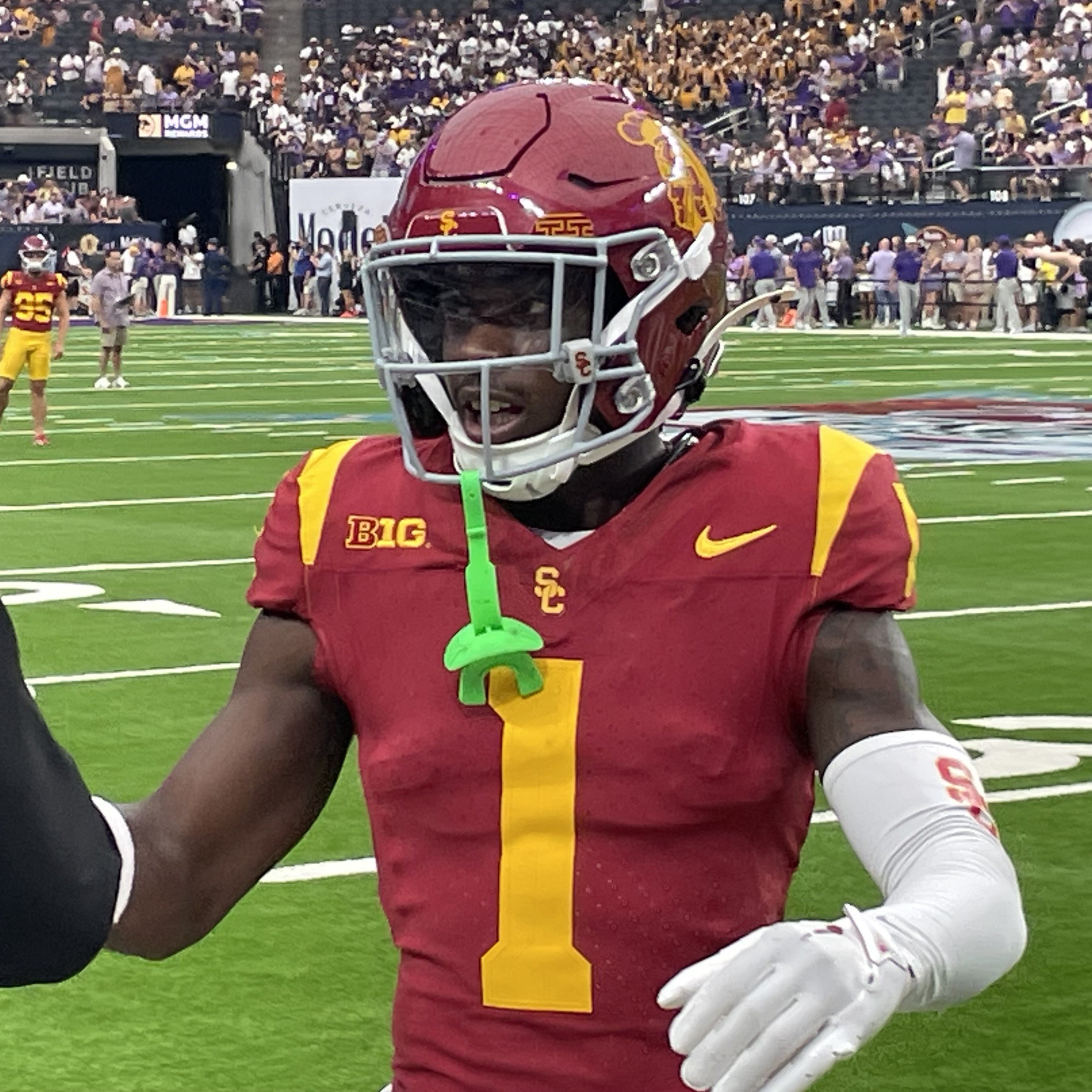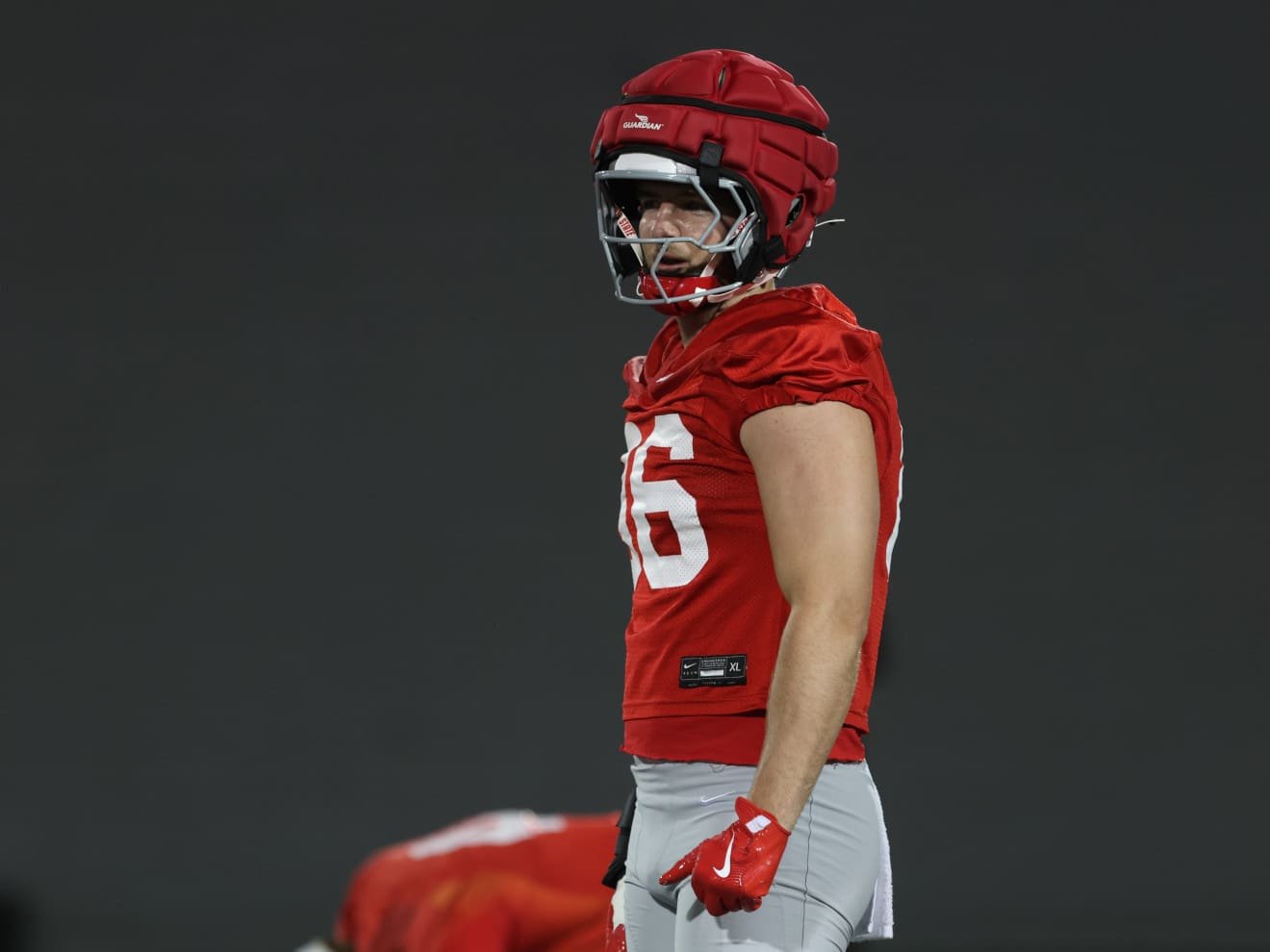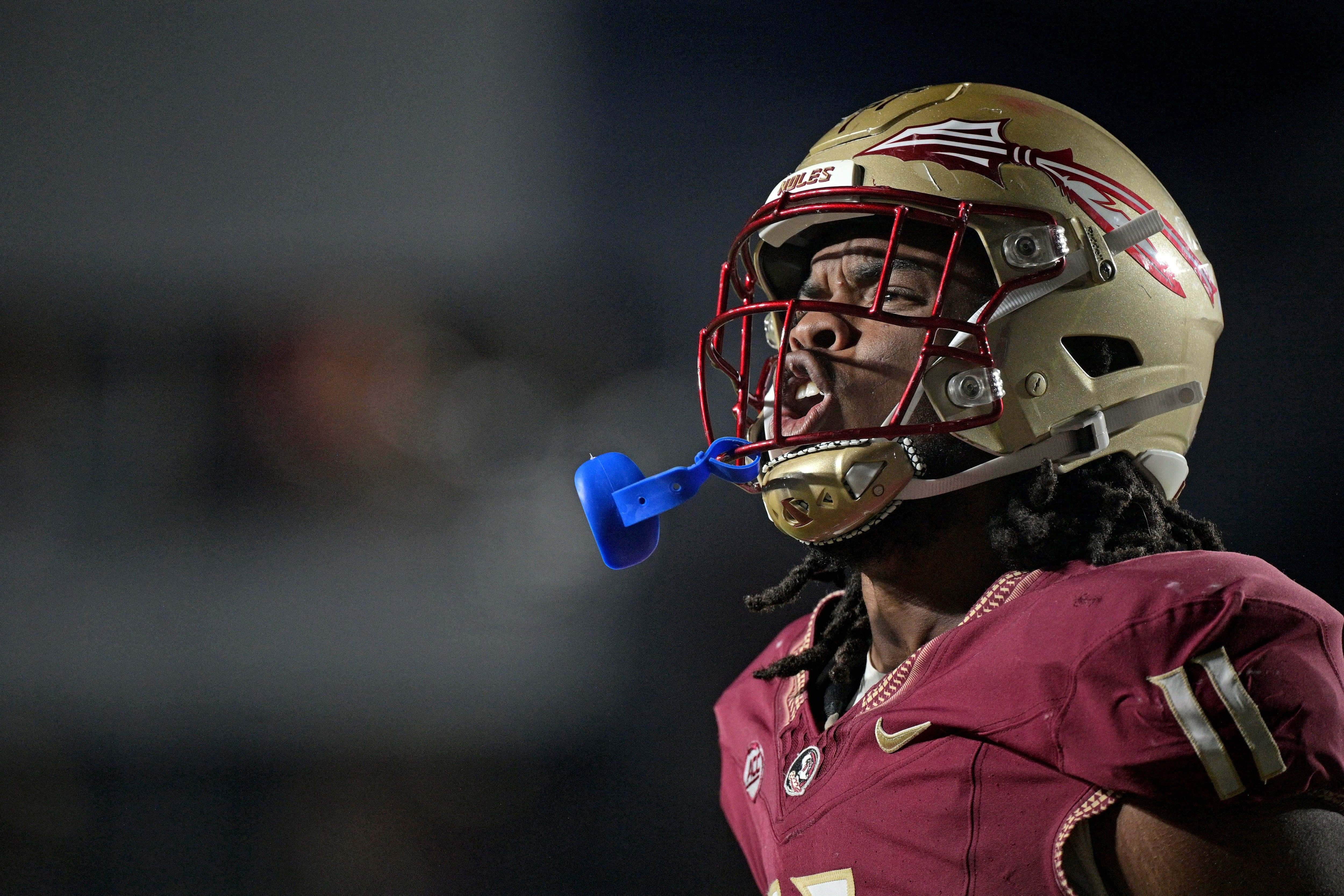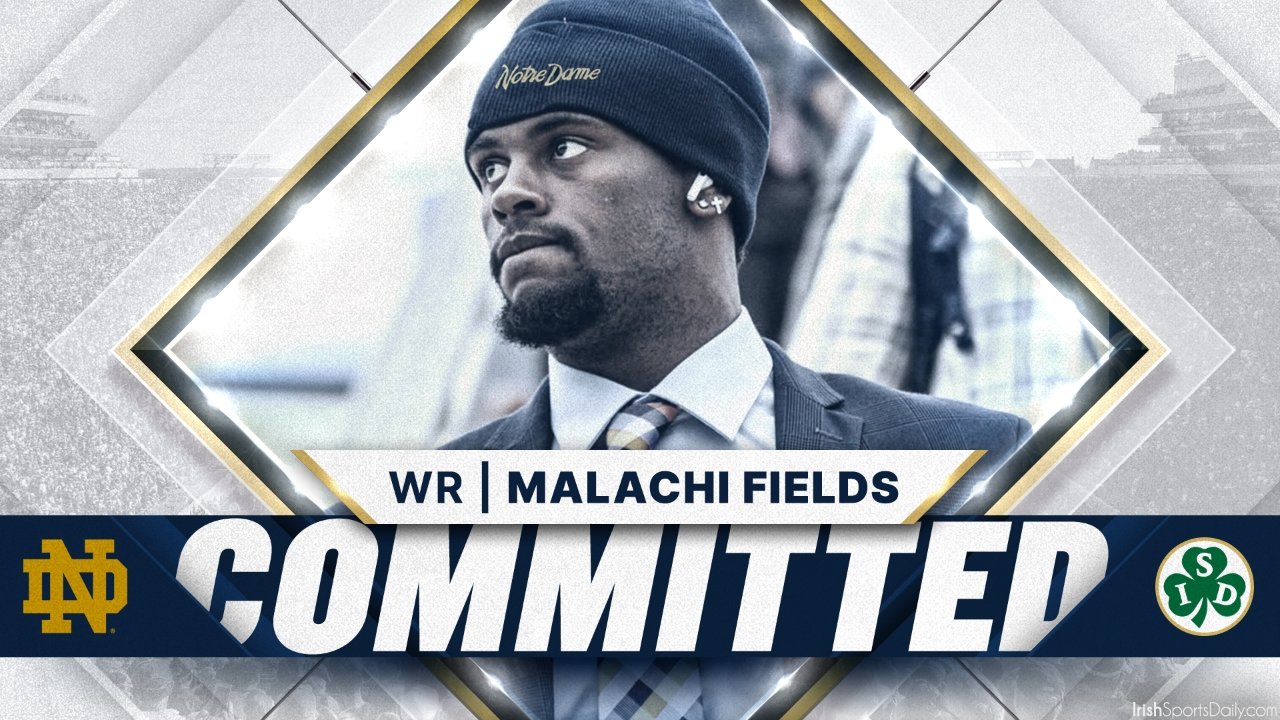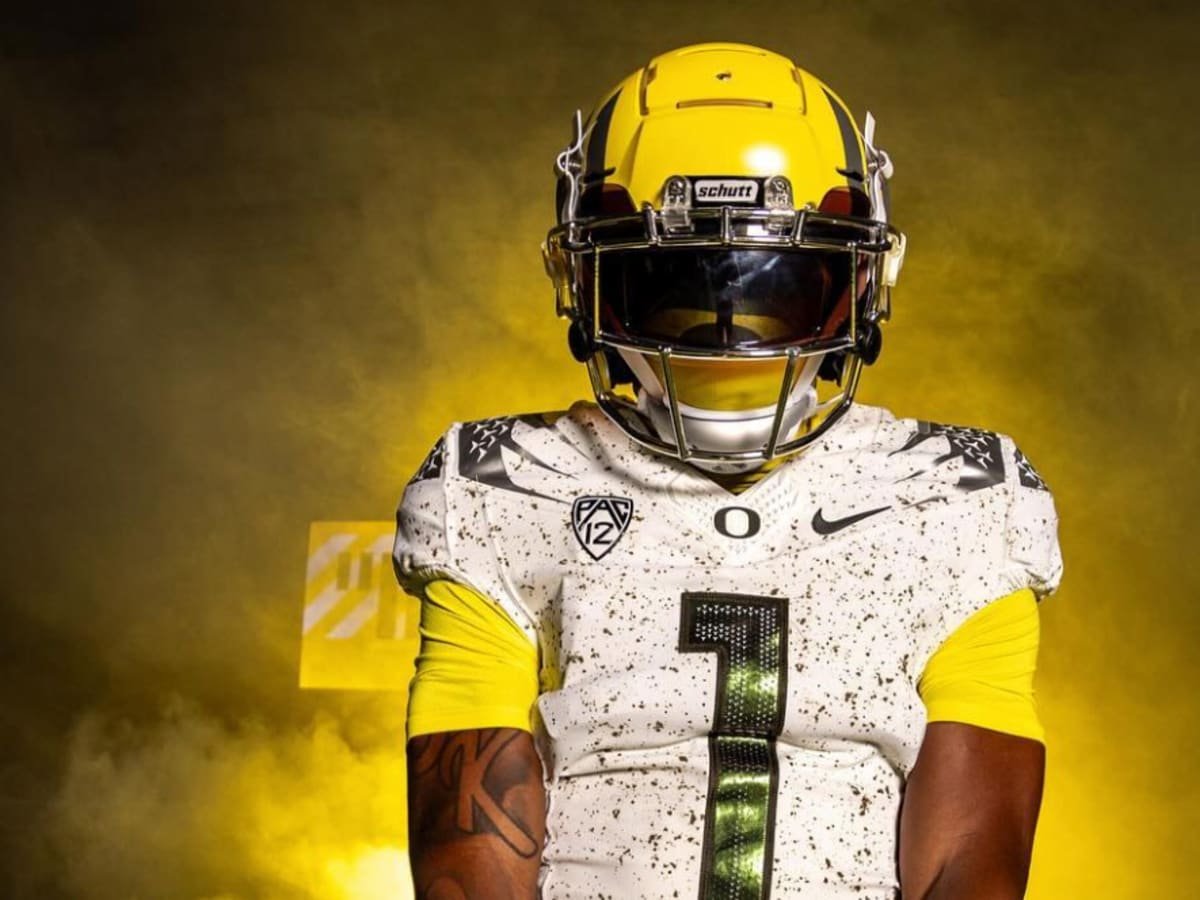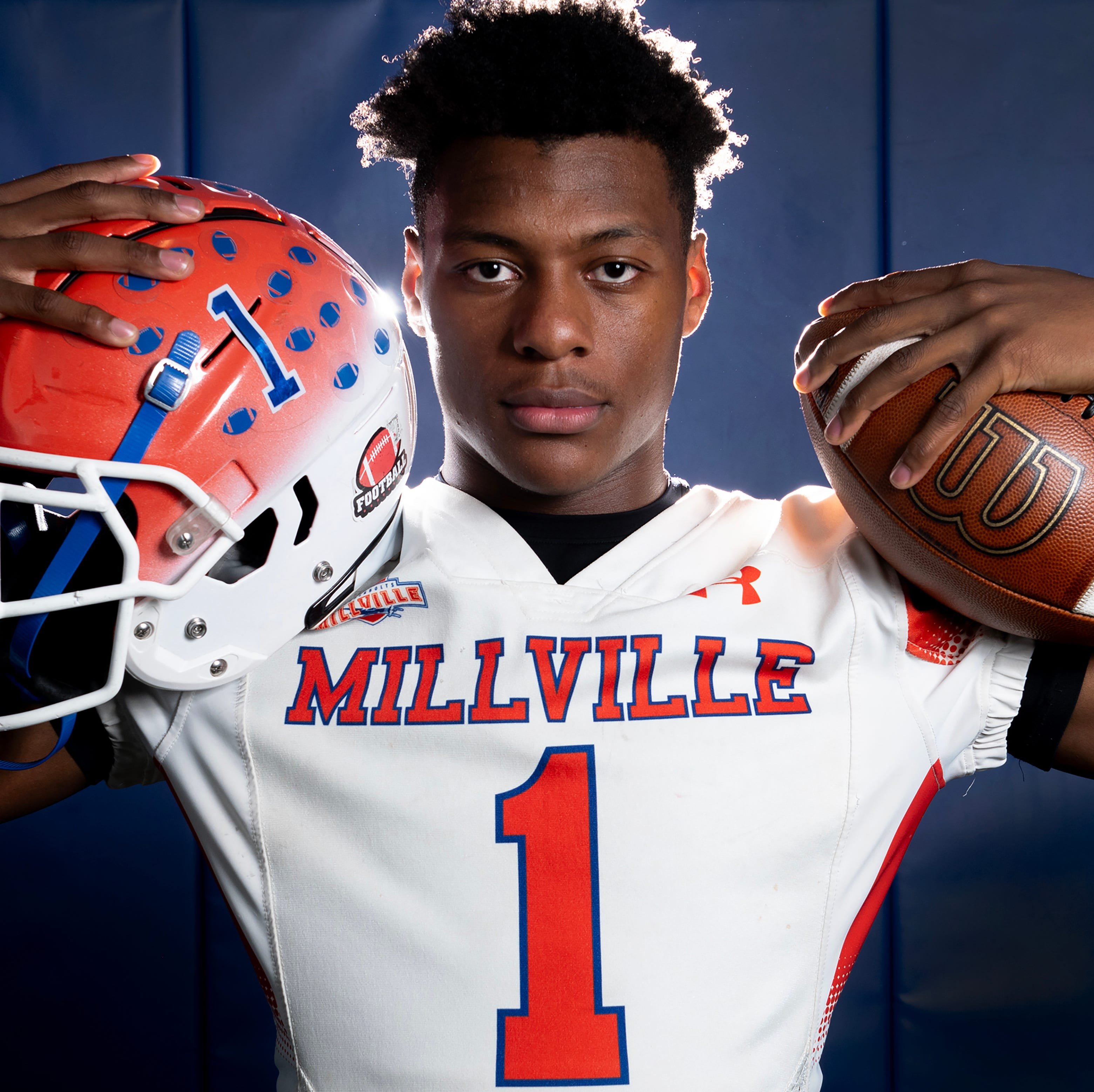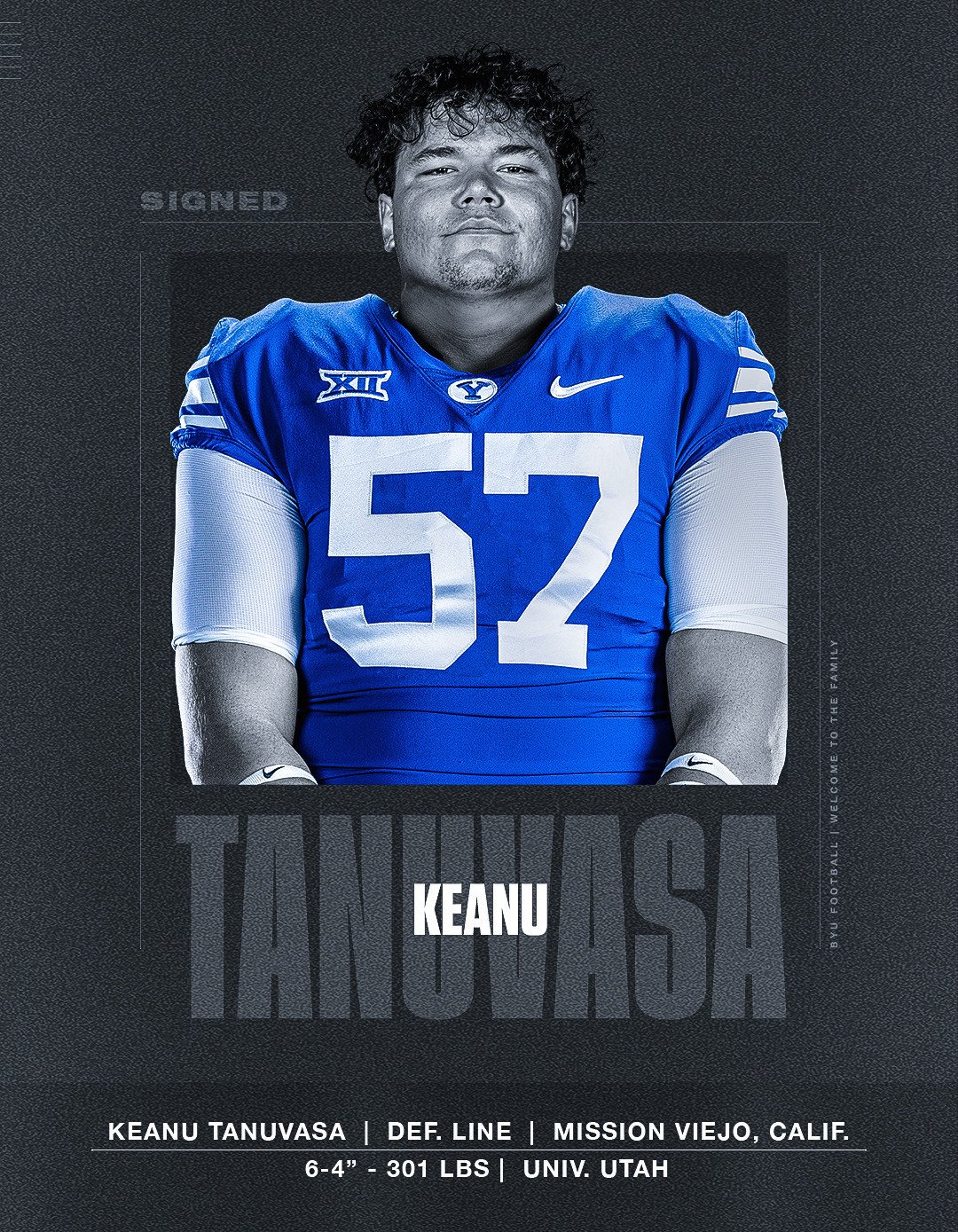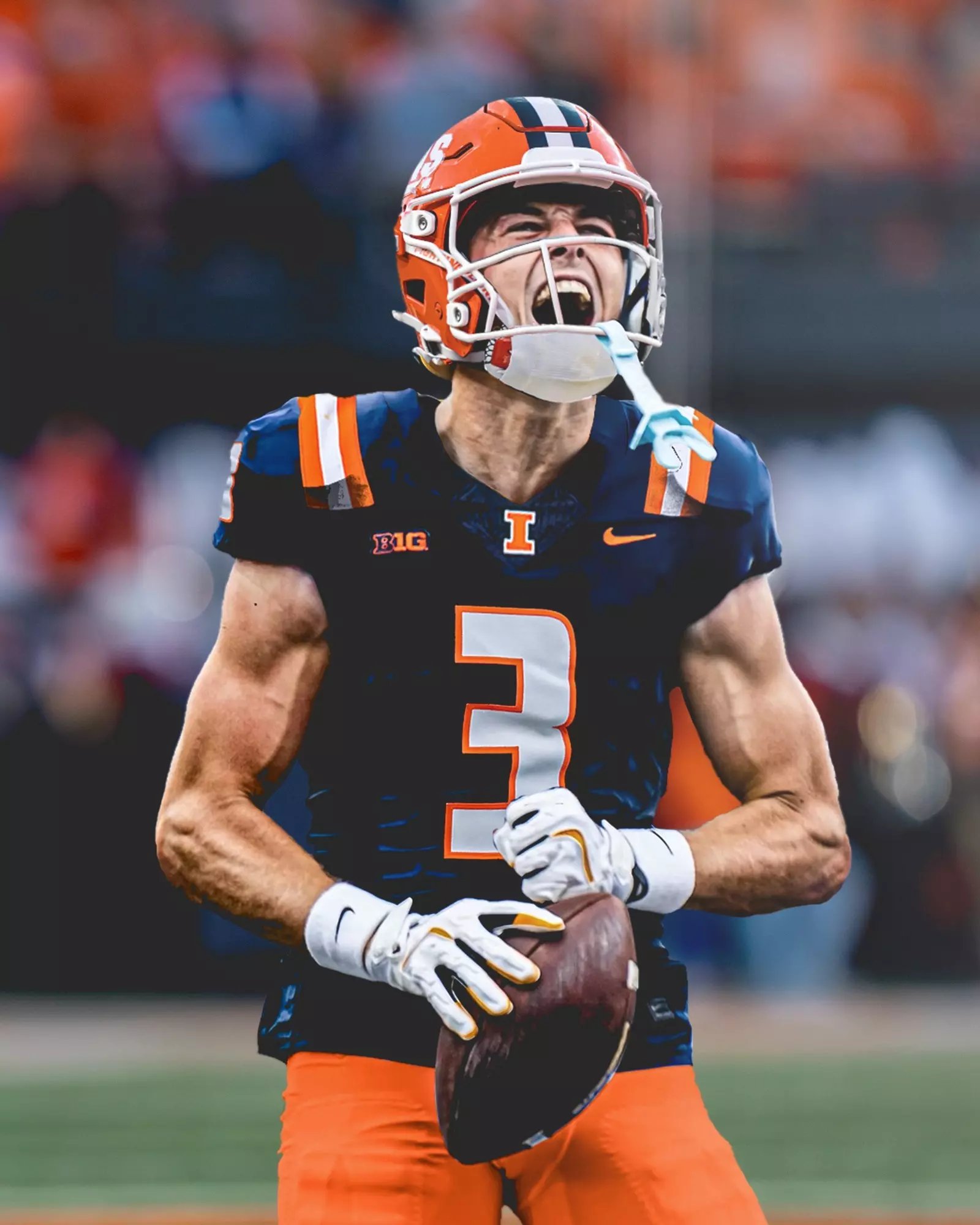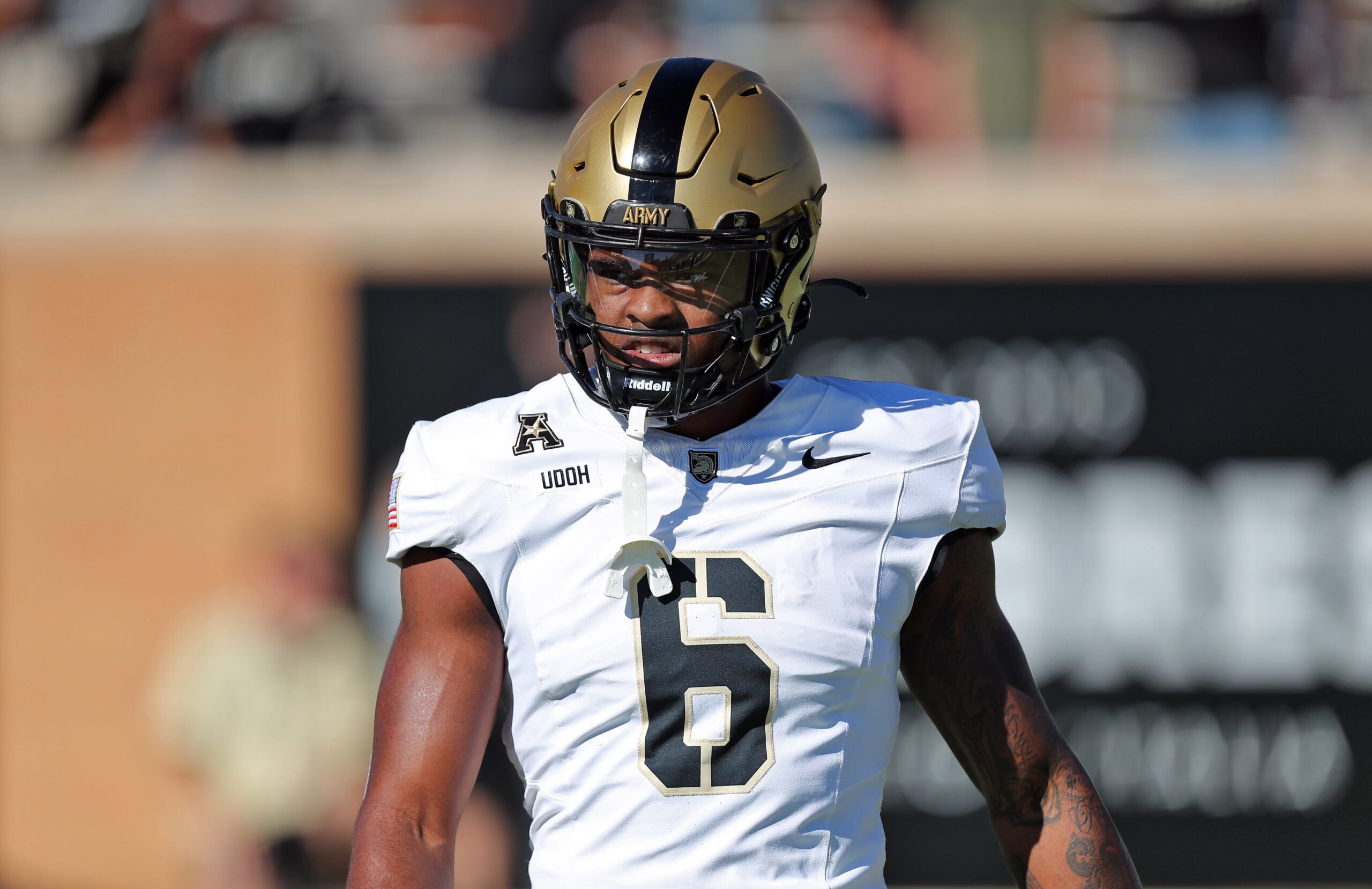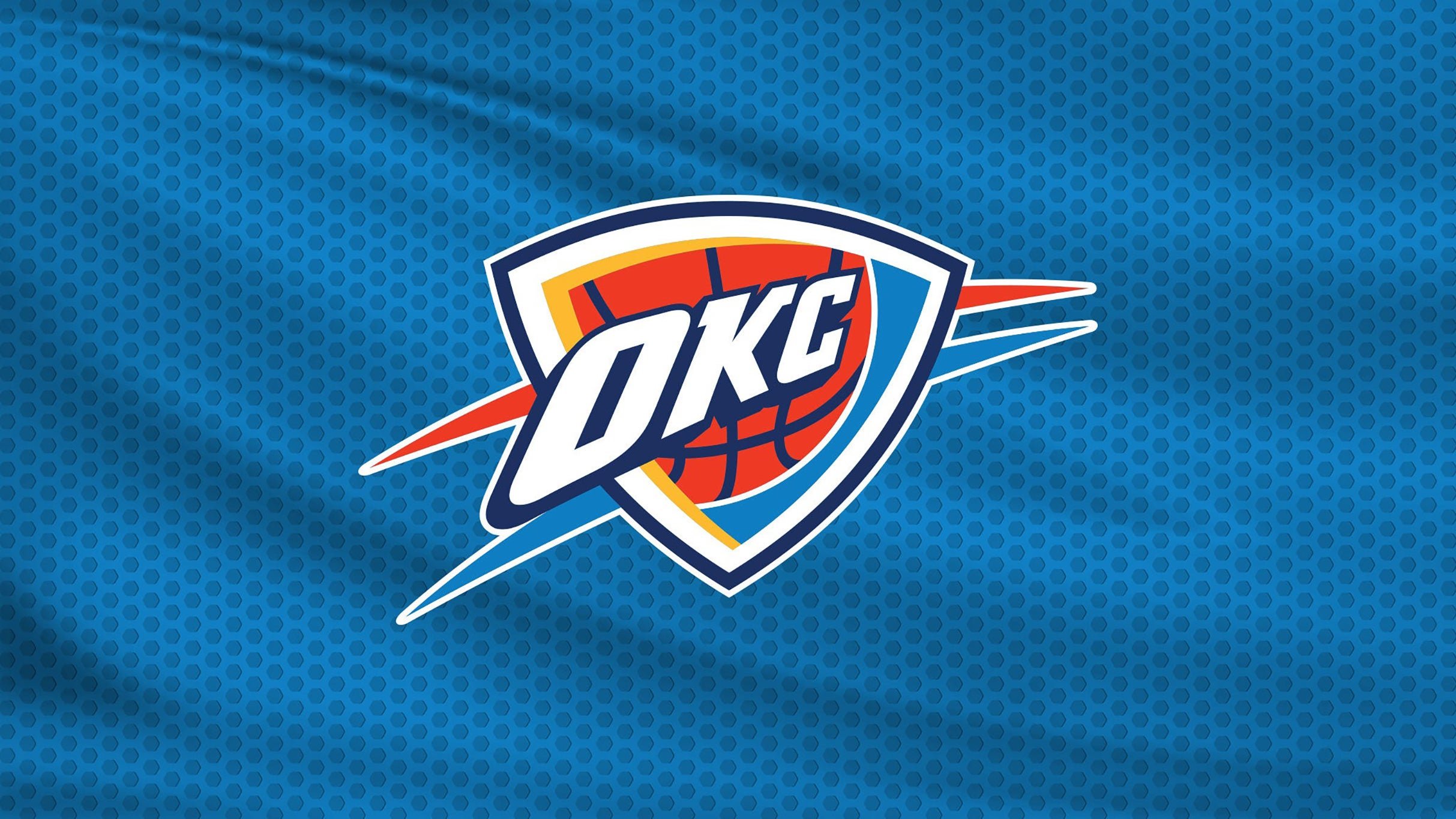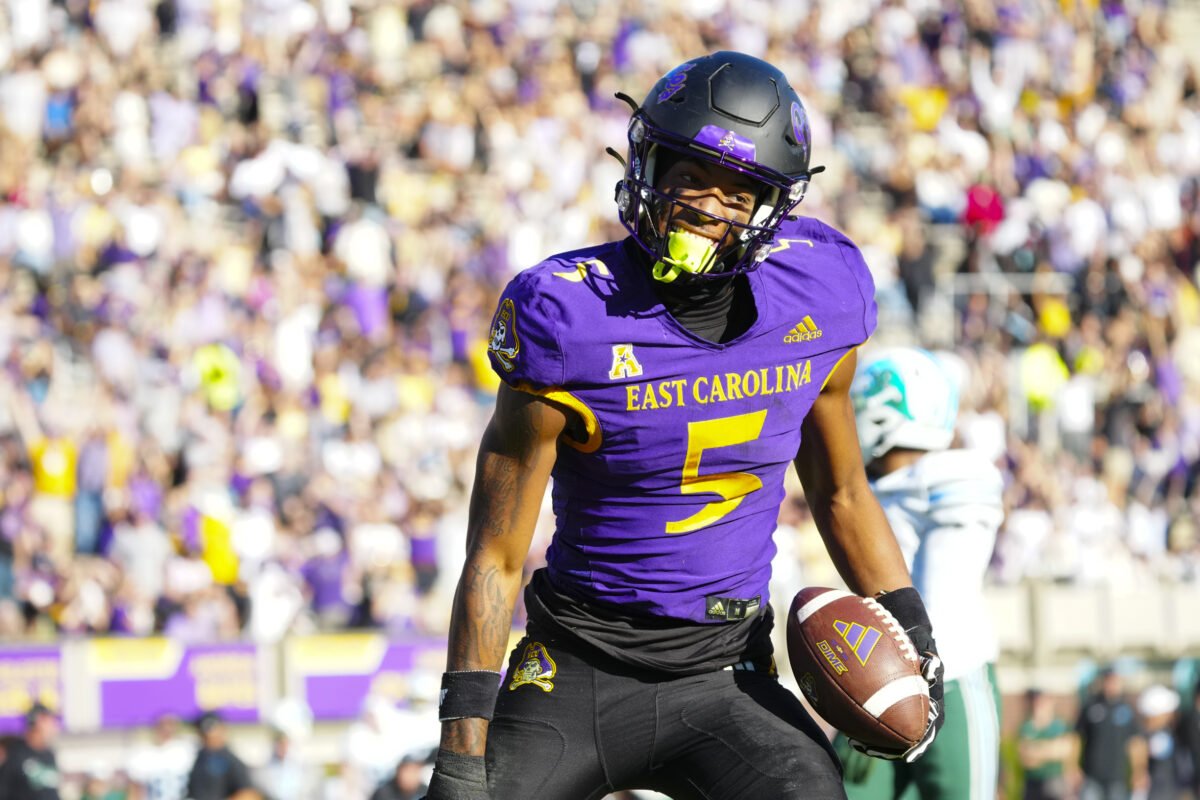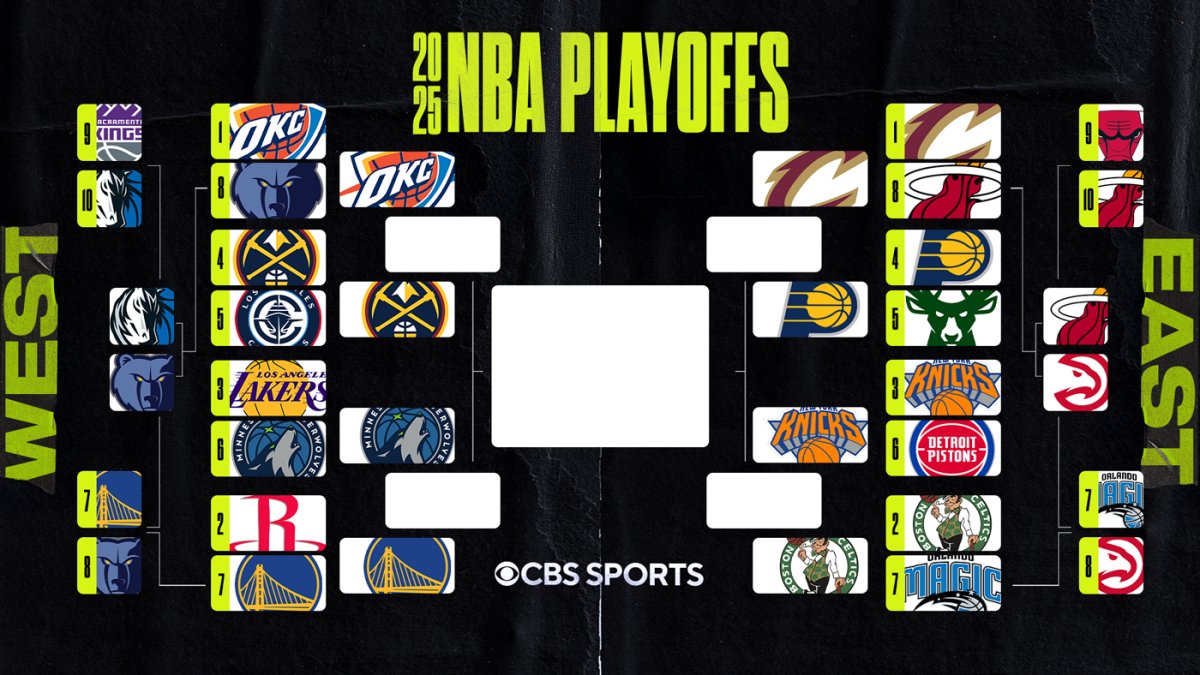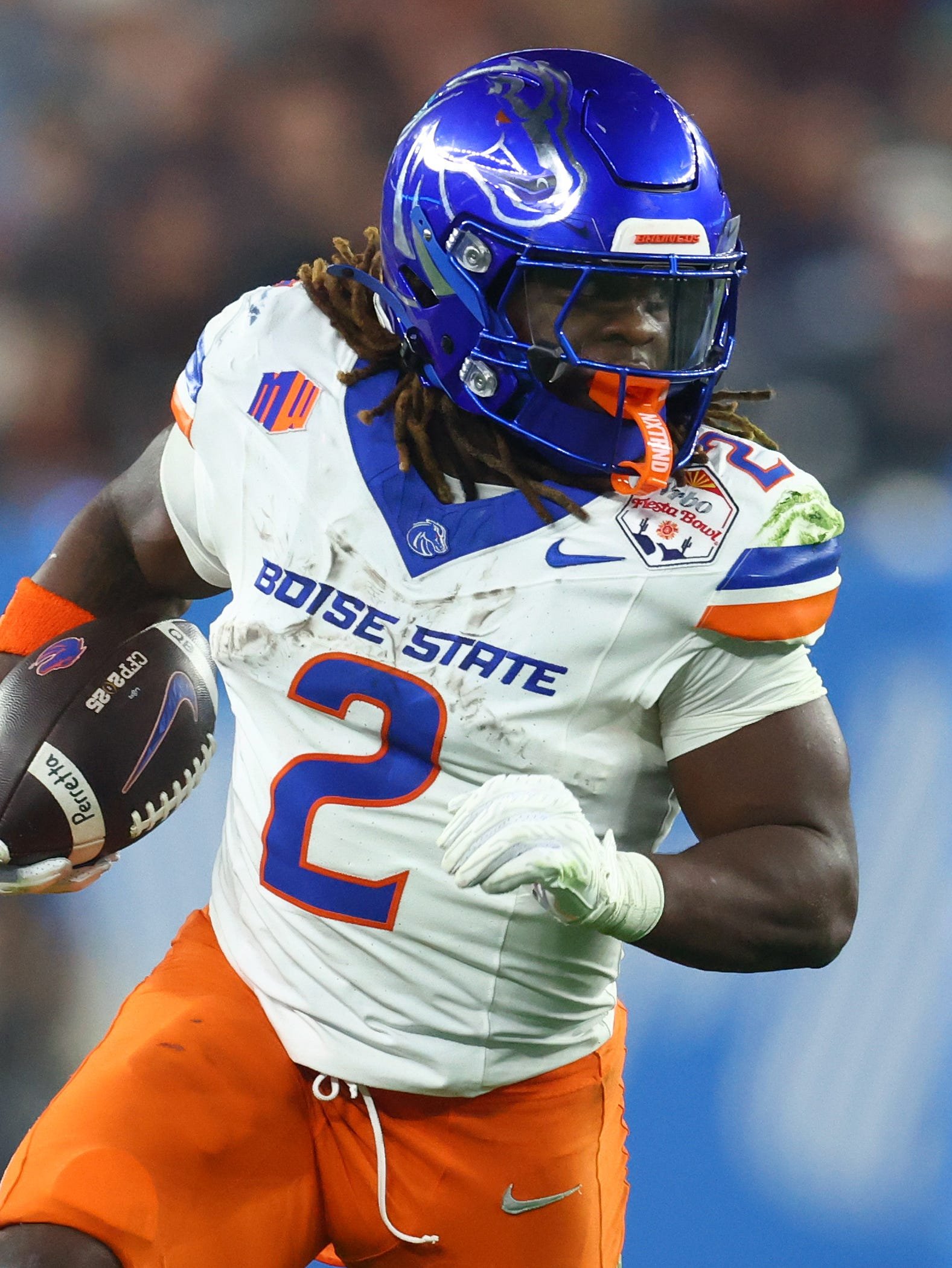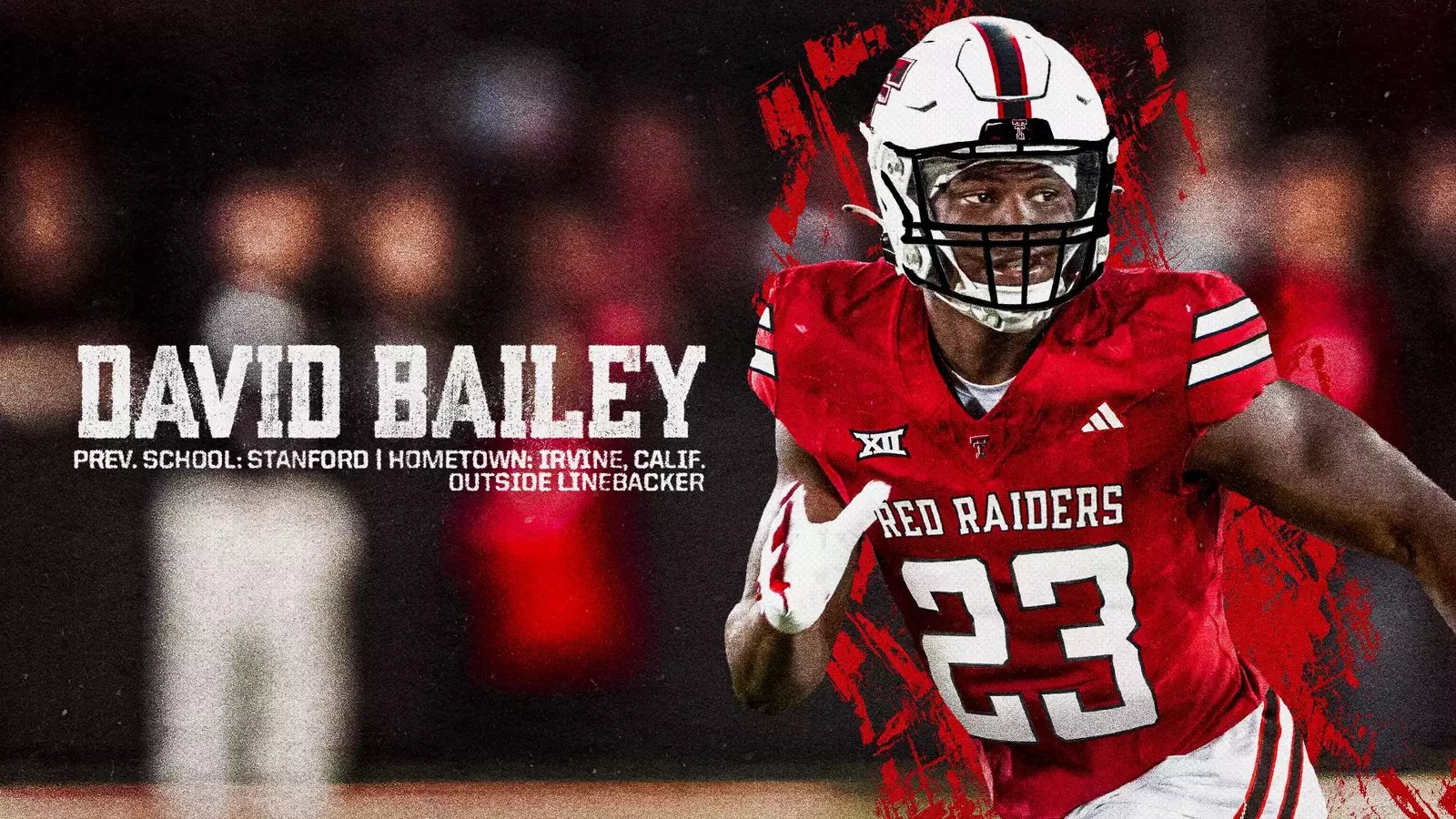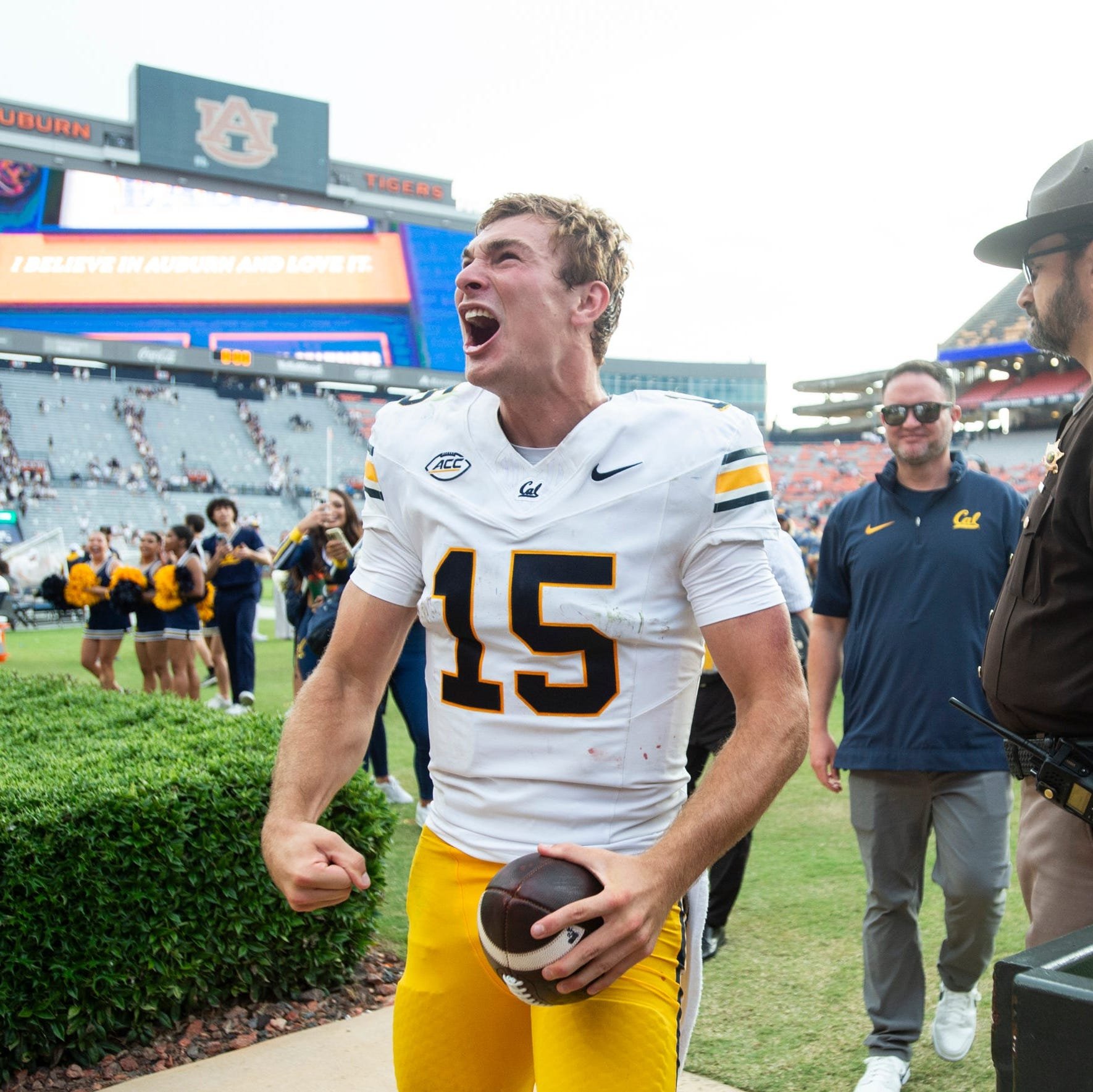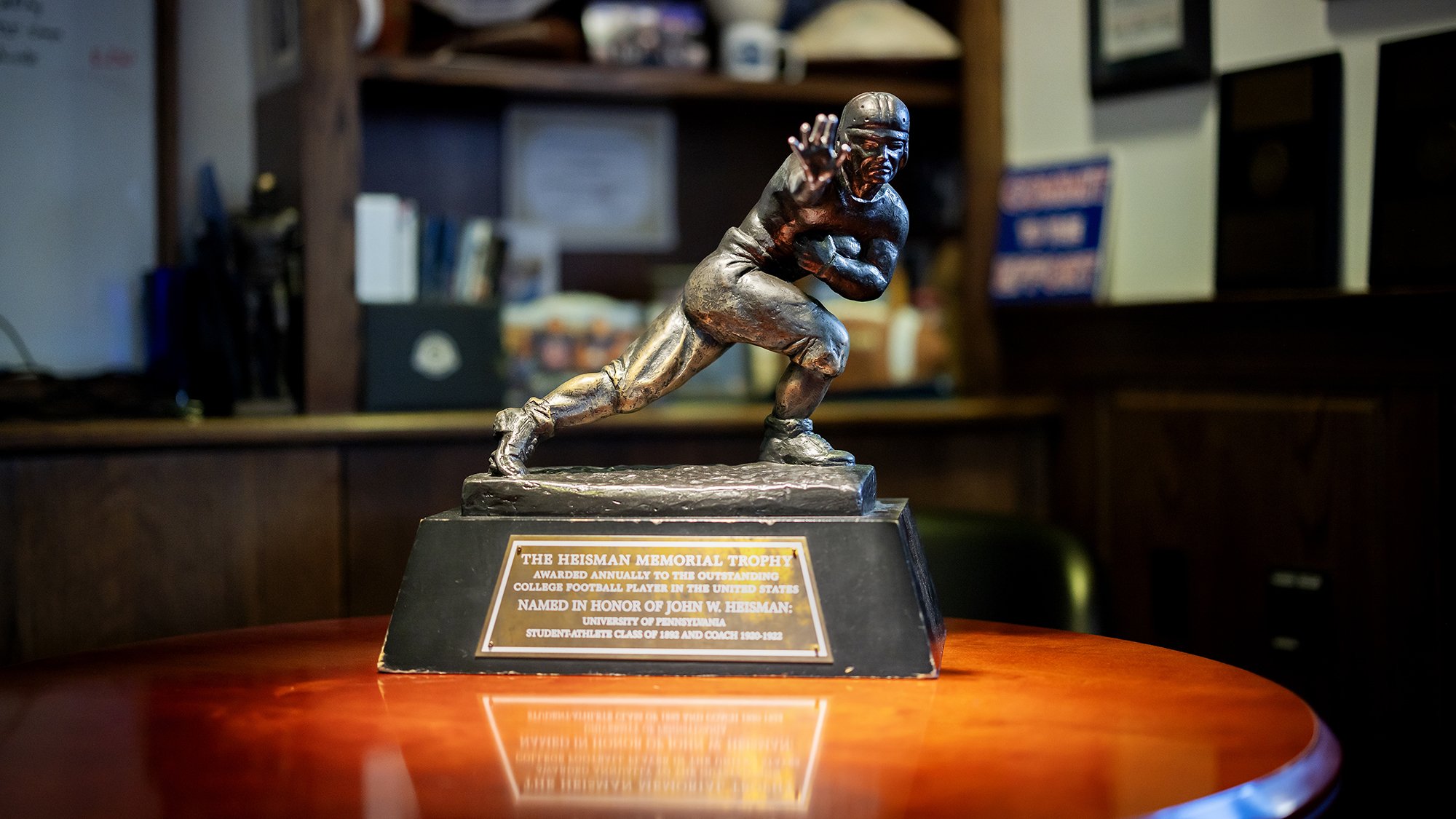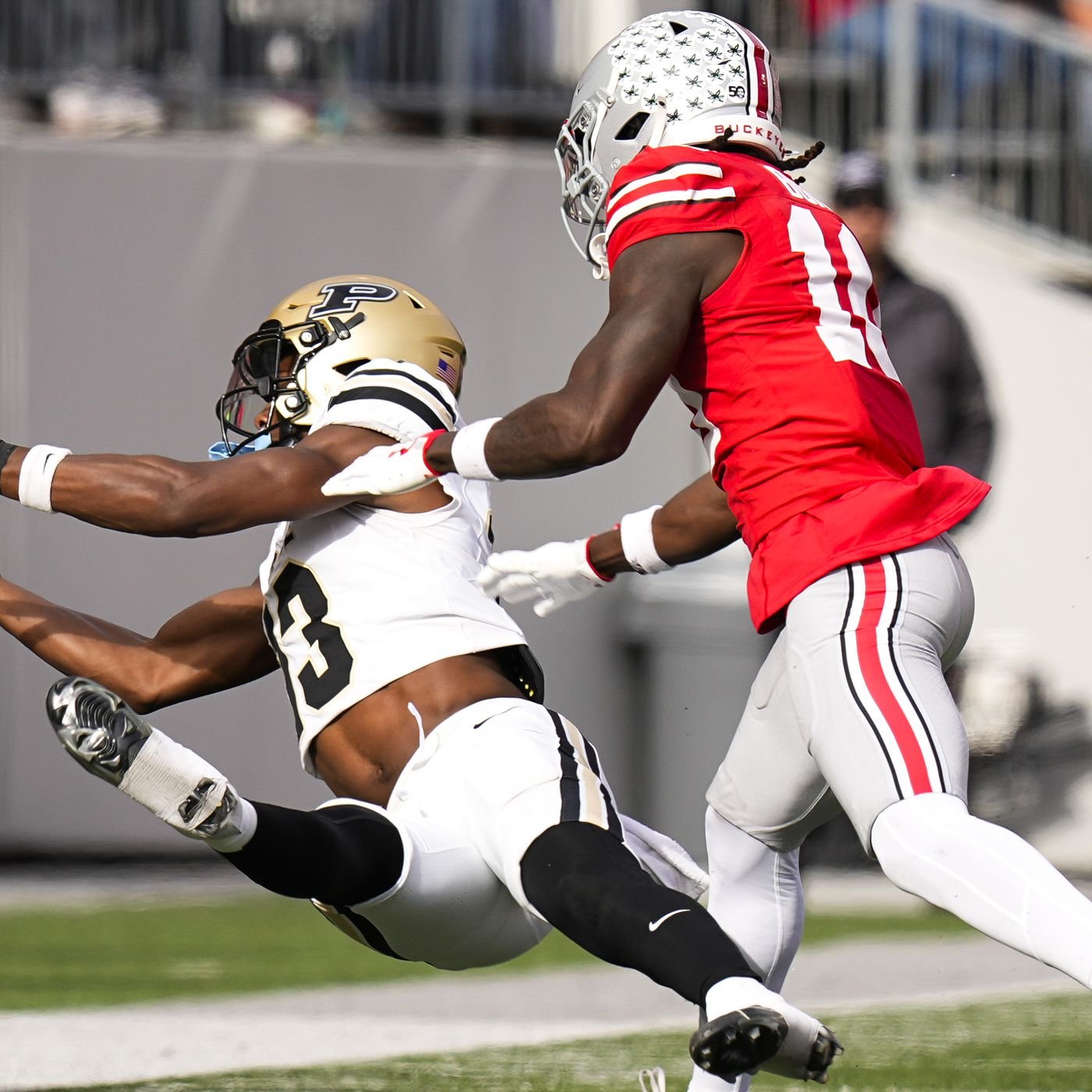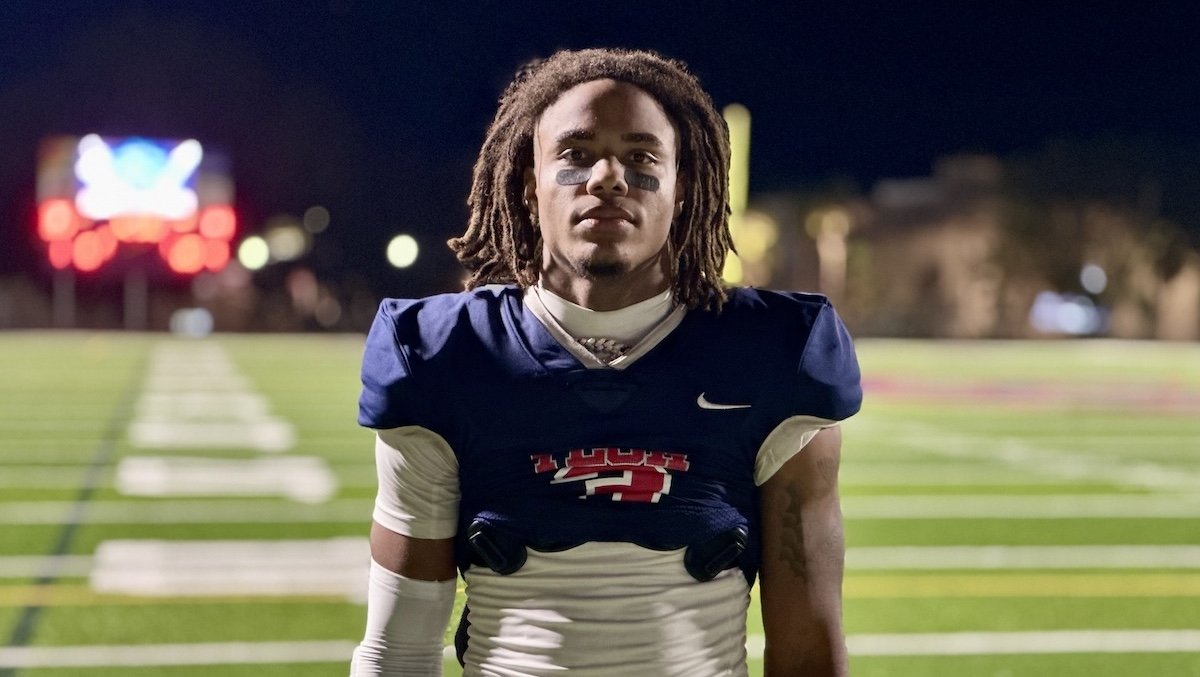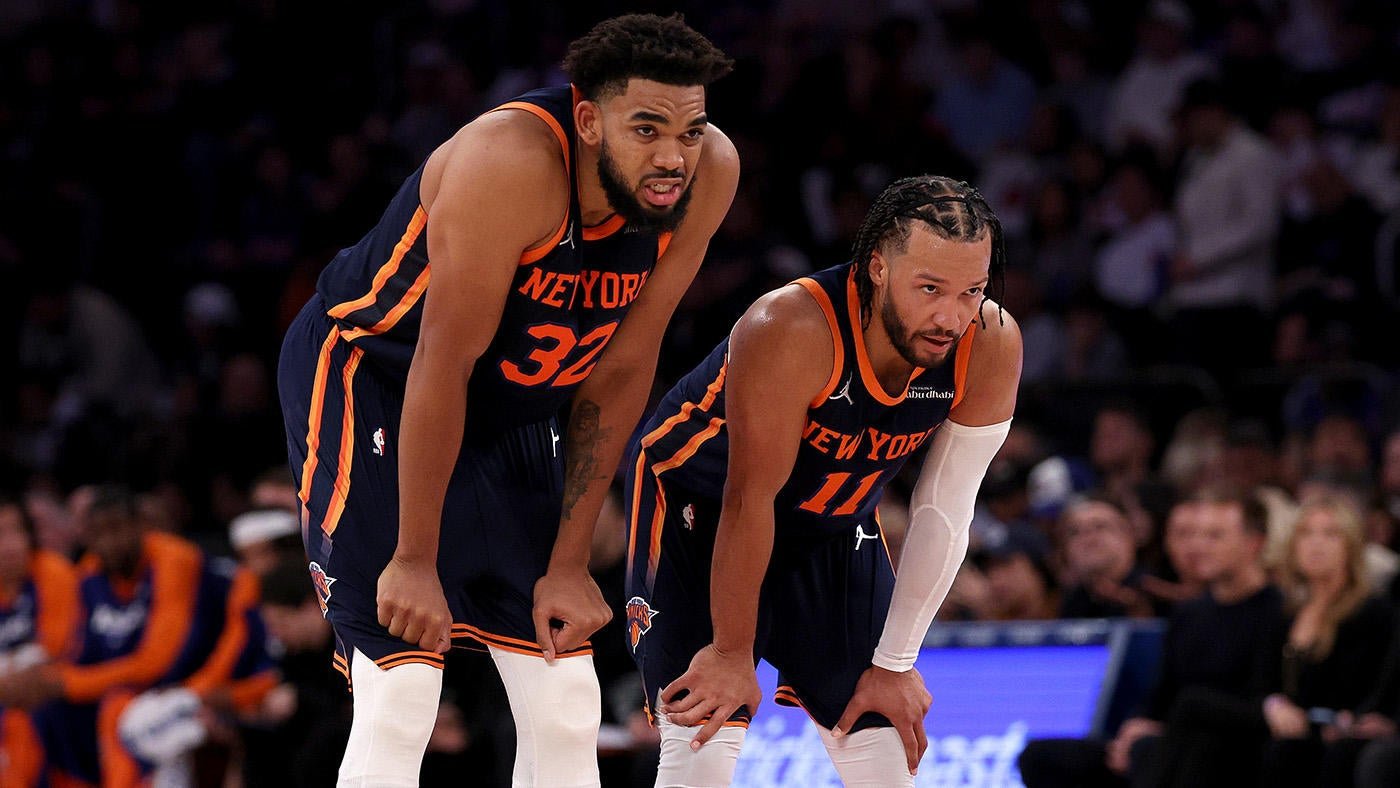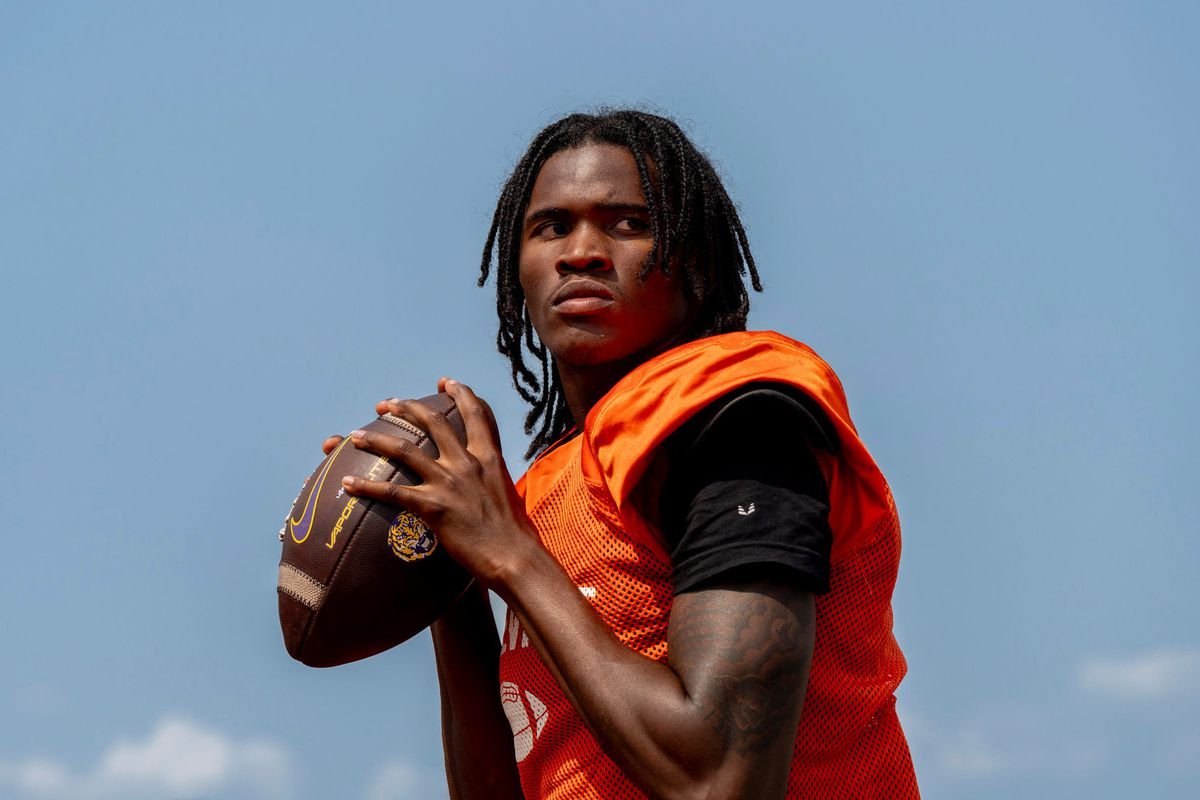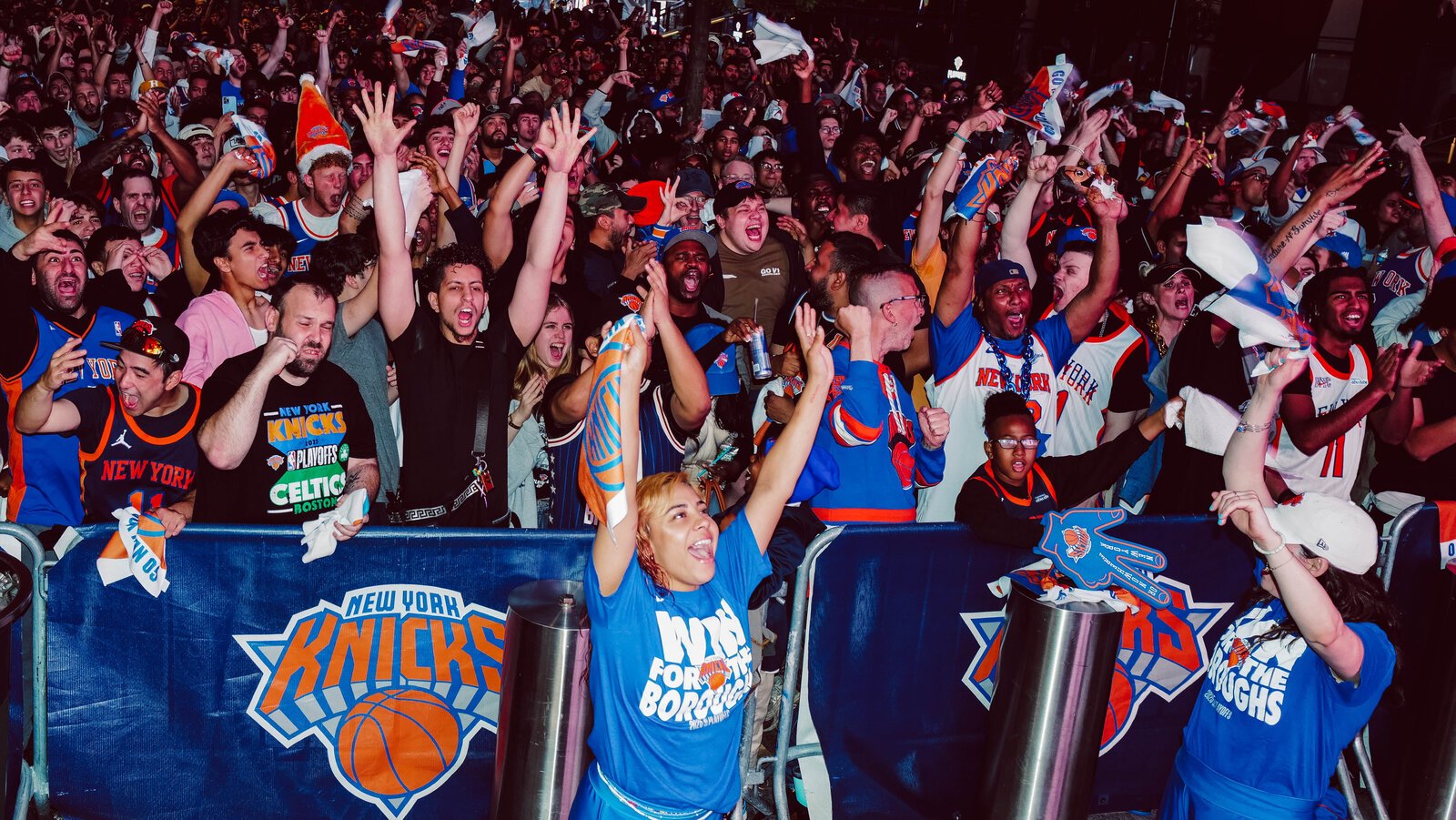The 2025 college football season is fast approaching, and every major program in the top 25 has added new faces capable of changing the course of their year. Transfers and top recruits alike are in the spotlight as coaching staffs fill crucial gaps with fresh talent. From seasoned transfers looking for a final chance at glory to freshmen with immediate starting potential, the next wave has already made its presence felt during spring practices. Here’s an in-depth look at some of the most impactful newcomers set to make a mark on the nation’s elite teams.
Penn State’s Passing Game Gets a Boost
Penn State has struggled to find a top wide receiver threat since Jahan Dotson left the program. Their solution ahead of the 2025 season is Trebor Pena, an experienced and productive transfer from Syracuse. With 84 receptions for 941 yards and nine touchdowns last year, Pena enters as a clear favorite to immediately become a go-to option for quarterback Drew Allar.
Pena’s arrival provides Penn State fans with optimism. The Nittany Lions saw tight end Tyler Warren post outstanding numbers last year, but the team’s wide receiver production lagged behind top contenders. By bringing in Pena, along with transfers Kyron Hudson and Devonte Ross, Penn State has overhauled its receiving room. However, spring practices revealed that Pena’s route running and reliability separate him from the pack.
Pena is likely to do most of his damage as a slot receiver, exploiting zone coverages and using sudden breaks to create separation. His experience catching passes from Kyle McCord at Syracuse translates well to an offense needing a steady target on third downs and key situations. Even if his numbers taper off from last season because of Penn State’s run-first approach, his impact will be recognized in crucial moments.
Expect Pena to contribute in the return game as well. His agility and field vision make him a versatile threat, and his maturity as a sixth-year senior should help him adjust quickly even after missing spring activities. As the Nittany Lions look to reclaim their spot among the playoff contenders, Pena’s steady hands and game awareness will be central to their hopes.
Clemson’s Freshman to Watch in the Backfield
Clemson seeks answers in the backfield after Phil Mafah’s departure, and the program’s early enrollee freshman, Gideon Davidson, has drawn comparisons to former star Travis Etienne. Davidson, ranked third among running backs in the 2025 ESPN 300 and named Virginia’s Gatorade Player of the Year, brings a combination of vision, agility, and explosive cutback ability to the Tigers’ offense.
Davidson’s transition to college looks seamless. Clemson’s coaching staff praised his ability to read and react quickly on zone runs, providing an element of speed and change-of-direction not often seen in freshmen. The running back room around him lacks experience, clearing a path for Davidson to see immediate playing time in both traditional and passing downs.
Although Davidson is not as large as Mafah, his skill set emphasizes acceleration and the ability to hit open lanes. In Clemson’s scheme, that could mean more big plays and the potential to relieve pressure from the Tigers’ established passing game. His high school production – over 8,000 yards from scrimmage – signals he’s ready for a larger stage.
Don’t be surprised if by the midpoint of the season, Davidson is the featured back. His spring performance set the tone, and his versatility also makes him an option as a receiver out of the backfield. Early signs point to Davidson’s influence as one of the most pivotal stories among college football’s incoming freshmen for 2025.
Texas Finds Stability at Tight End
After a strong showing from Gunnar Helm last season, Texas looked to the transfer portal and landed Jack Endries from Cal. Endries brings reliable hands and advanced route running, having led his former team with 56 receptions and 623 yards. The Longhorns are eyeing Endries as a trusted option for quarterback Arch Manning as they chase playoff glory.
Endries fits seamlessly into Steve Sarkisian’s offense, offering both blocking ability and a receiver’s mentality. While he may not match Helm in pure athleticism, his body control and knack for finding open space make him valuable in both short-yardage and red-zone situations. His versatility allows Texas to remain unpredictable, regardless of formation.
Arch Manning’s development will benefit greatly from Endries’ presence. Tight ends often serve as safety valves for quarterbacks, and Endries’ spring practices have backed up his reputation as a high-football-IQ player. As an every-down contributor, he’s expected to help smooth the transition for a new starting quarterback in Austin.
The Longhorns will also rely on Endries’ experience, as he’s played in a variety of offensive schemes at Cal. His impact won’t be limited to pass-catching; Endries is likely to set the edge in running plays and provide leadership in an inexperienced tight end group. This combination of qualities raises Texas’ ceiling for the coming year.
Dynamic Playmakers Arrive at Georgia
Georgia’s wide receiver group gets a dynamic injection with Zachariah Branch, a transfer from USC. Branch’s 4.39 speed, knack for creating separation, and ability to generate big plays after the catch address an urgent need for the Bulldogs, who led the FBS in receiver drops last year. Branch’s athleticism brings a new dimension to an already potent offense.
The Bulldogs’ receiving corps lacked consistency in 2024, but Branch’s profile as a first-team All-American freshman at USC symbolizes what Georgia hopes to achieve: reliable production and explosiveness. As a senior, Branch can work underneath or stretch the field horizontally, supporting new quarterback Gunner Stockton with simple but high-yield routes.
Georgia plans to utilize Branch creatively on screens, jet sweeps, and quick crossing patterns. His arrival also complements the addition of larger receivers, helping create mismatches and open up space against SEC defenses. Offensive coordinator Mike Bobo has already signaled intentions to make Branch a featured playmaker.
Without a dominant running back returning, Branch’s ability to turn short catches into long gains will be key for Georgia moving forward. Expect the Bulldogs to be far more consistent in 2025, with Branch’s presence reshaping the dynamics of the offense from the very start of the season.
Ohio State Adds a Versatile Tight End Threat
Ohio State’s offense welcomes Max Klare, a Purdue transfer, as a major weapon in the passing game. With a new quarterback at the helm, Klare’s ability to exploit mismatches, create separation on routes, and adjust to tough catches should open up the middle of the field and provide valuable consistency.
Last season, Purdue’s offense was inconsistent, but Klare excelled as a pass catcher and red-zone threat. Now in Columbus, he enters a receiver group already loaded with talent, including Jeremiah Smith and Carnell Tate. Defenses focused on those wideouts will leave Klare with favorable opportunities underneath and up the seam.
Coach Ryan Day is expected to use Klare in multiple sets to challenge less athletic linebackers. Klare’s strong hands and movement skills will likely translate to more yards after the catch, and his red-zone presence can help the Buckeyes finish drives. Expect his touchdown numbers to climb, even if his catches decrease in volume.
As Ohio State breaks in several new starters across the offense, Klare’s reliable skill set and experience will be vital in maintaining high production levels. His big-play ability should keep Ohio State firmly in national title conversations all year.
LSU Re-tools the Edge with Experienced Transfer
LSU’s defense gets a much-needed boost with the addition of Patrick Payton from Florida State. Payton, a seasoned edge rusher, tallied seven sacks in 2023 and is expected to fill a void left by draft departures. His length, speed, and finishing ability make him a potential double-digit sack producer in the SEC.
After the loss of Bradyn Swinson and Sai’vion Jones, LSU faced pressure to rebuild its defensive line. Payton, who performed well alongside NFL-bound teammates at FSU, enters Baton Rouge with NFL aspirations and immediate impact potential. He benefits from a more robust scheme and supporting cast this time around.
The challenge for Payton is consistency. If he can deliver every week, LSU’s defense becomes significantly harder to scheme against. He isn’t limited to rushing the quarterback, either; Payton has the flexibility to drop into coverage or chase plays in space, giving LSU a chess piece on the edge.
With motivation high and NFL scouts watching closely, Payton’s arrival could be the deciding factor as LSU aims for another playoff run in 2025. His numbers will be closely monitored, but his true value lies in collapsing pockets and demanding attention from opposing offenses.
Notre Dame’s Big-Body Receiver Acquisition
Notre Dame turned to the portal to help a young quarterback, bringing in Malachi Fields from Virginia. Fields, standing at 6-foot-4 and weighing 220 pounds, excels in contested catch situations and finished in the ACC’s top eight for receiving yards last year, despite inconsistent quarterback play at his previous school.
With redshirt freshman CJ Carr stepping into the starting role, Fields’ presence offers a reliable and physical target on the outside. He was also a captain at Virginia, and his durability and consistency should set him apart from both returning Notre Dame receivers and graduated stars Jayden Thomas and Beaux Collins.
Marcus Freeman’s staff expects Fields to become a focal point in the passing game early. His proven production, combined with the threat he poses vertically and on difficult throws, brings a new level of confidence to Notre Dame’s offense. With a better supporting cast now, Fields should surpass his previous numbers.
Fields adds needed size and route sophistication. He allows the Fighting Irish to stretch the field and win one-on-one battles in the red zone, both of which are essential for breaking in a new quarterback. The wide receiver room is noticeably improved, and Fields’ leadership could prove equally important in big moments.
Oregon’s Speedy Freshman Receiver Steps Up
Oregon introduces Dakorien Moore, the highest-graded receiver in ESPN’s recruiting ranks since 2020, as a centerpiece in its 2025 receiving corps. Moore, MVP of the Under Armour All-American Game, brings a national-sprint-champion’s speed and the ability to make defenders miss after the catch. His arrival coincides with a new Ducks starting quarterback, Dante Moore, who is expected to rely heavily on Dakorien.
The Ducks see Moore as a bigger and faster version of their 2024 leading receiver, offering a fresh threat underneath and in intermediate zones. Moore’s high school résumé features over 4,000 yards, top relay team honors, and a 10.4-second 100-meter dash. His presence stretches defenses and provides versatility in alignment, giving Oregon coaches creative flexibility.
Moore enrolled for spring and adapted well to the tempo and physicality of Power Five football. The Ducks are likely to move other receivers around to capitalize on Moore’s dynamism. His polish and confidence are apparent, and he is expected to start by midseason if not sooner.
Moore’s speed alone will force opposing defenses to adjust their game plans. He complements Oregon’s existing playmakers and ensures the Ducks’ offense remains one of the most feared in the country.
Alabama’s Slot Weapon from New Jersey
Alabama adds Lotzeir Brooks out of New Jersey, the most decorated high school receiver in that state’s history. The 5-foot-9 slot receiver broke records for yards and touchdowns, and his quick adjustment to college football was evident in early spring practices. Brooks is a chain-mover with exceptional burst and field vision out of the slot.
With the Crimson Tide’s transfer portal activity relatively light this year, there’s ample opportunity for Brooks to stand out in a receiver group undergoing changes. He lines up alongside last year’s standout freshman Ryan Williams, setting Alabama up with a quick and elusive pass-catching duo.
Brooks excels at finding space underneath and making defenders miss. His acceleration after the catch and sharp route running provide the offense a reliable checkdown, especially on third-and-short situations. Brooks also sees potential as a punt returner, adding another layer to his utility.
Coach Kalen DeBoer’s system rewards such versatility, and Brooks could carve out a substantial role as the season progresses. Alabama’s offense, featuring a blend of youth and experience, will benefit from Brooks’ playmaking abilities both in structured plays and broken situations.
BYU’s Defensive Line Anchored by Transfer
BYU welcomes Keanu Tanuvasa as their new anchor in the defensive trenches. The 6-foot-4, 301-pound transfer from Utah started 19 games with the Utes and was recognized as an All-Big 12 honorable mention, despite injuries that kept him out of part of last season. BYU’s defensive front, looking to replace four starters, will turn to Tanuvasa for stability and disruption inside.
While BYU’s secondary led the conference in interceptions last year, their defensive line produced limited disruption. Tanuvasa’s ability to draw double teams and collapse the pocket will help create space for edge rushers and talented linebackers like Isaiah Glasker and Jack Kelly. His approach allows others to make big plays, even if his individual stats don’t dominate the headlines.
Tanuvasa’s leadership qualities are valued by BYU’s coaching staff. If he remains healthy, he is likely to attract NFL Draft attention next spring. His high motor and quickness, combined with his power and experience, should make the void left by Tyler Batty and others much less noticeable throughout the season.
Illinois Gets a Veteran Wide Receiver
Illinois addresses its need for receiver experience by bringing in Hudson Clement from West Virginia. Clement started 19 games over two seasons, breaking out with 51 catches for 741 yards in 2024. As the Illini move past the production of Pat Bryant and Zakhari Franklin, Clement becomes the immediate candidate to be quarterback Luke Altmyer’s top target.
Clement’s frame and savvy allow him to work in crowded areas of the field. He is especially effective at navigating zone defenses and finding soft spots, traits Illinois lacked last year in generating chunk plays. Coaches have highlighted Clement’s hands and downfield tracking as major upgrades for the team’s passing game.
His leadership, forged at West Virginia as a one-time walk-on, will help steady a relatively young receiving room. Clement brings both Bryant’s and Franklin’s strengths, with his own touch of toughness and football IQ. Expect him to finish the season as Illinois’ most productive receiver, helping the Illini remain competitive in the Big Ten in 2025.
Arizona State’s Relentless New Running Back
The Sun Devils landed Kanye Udoh from Army, a back who brings power and acceleration reminiscent of 2024 star Cam Skattebo. Udoh rushed for 1,117 yards and scored 10 touchdowns last season, boasting 6.2 yards per touch. Arizona State plans to lean on Udoh’s punishing running style as they continue their ground-and-pound identity in 2025.
Replacing Skattebo’s production is no small feat, but Udoh offers similar intangibles: toughness, stamina, and leadership. Coaches rave about his vision and quickness through the hole, calling his acceleration “next level” for the position. Udoh’s breakaway speed could make Arizona State’s offense even harder to predict.
Should Udoh need help during the long college season, Kyson Brown and Raleek Brown stand ready to spell him in the backfield. The depth and physical nature of the group point to one of the top running back rooms in the Big 12. Fans can expect Udoh to become a fan favorite as he churns for tough yards week after week.
South Carolina’s Centerpiece Up Front
South Carolina completed one of the most important offseason moves by securing Boaz Stanley from Troy. Stanley arrives to fill the void left by the departure of the program’s starting interior linemen. At 6-foot-4 and 310 pounds, with no penalties last season, Stanley is a model of technical consistency and mental discipline at center.
The Gamecocks are poised for their first playoff push, but stable interior line play is critical. Stanley’s experience and technique give quarterback LaNorris Sellers confidence as he eyes a breakout year. Stanley’s ability to anchor in pass protection and create movement in short-yardage run packages adds value to both aspects of the offense.
Also Read
Oklahoma City Thunder’s Relentless Defense Powers Historic Season
Flexibility is another defining trait – Stanley can slide to tackle in a pinch, and his leadership makes him the “glue” of the offensive line. Having already impressed in spring, he is expected to enhance the entire unit’s performance. Look for both Sellers and transfer running back Rahsul Faison to benefit from Stanley’s presence as the Gamecocks chase historic milestones in 2025.
Iowa State’s Vertical Passing Game Addition
Iowa State brings in Chase Sowell from East Carolina to help fill the production gap left by the program’s two leading receivers, both now in the NFL. Sowell averaged nearly 20 yards per catch last year, and his big-play ability fits the Cyclones’ goal of maintaining an explosive passing attack under quarterback Rocco Becht.
Sowell’s size (6-foot-4) and fluidity make him an ideal candidate for outside receiver responsibilities. Despite some injury struggles early in his career, he has demonstrated strong hands and the ability to win jump balls, both in traffic and along the sideline. Coach Matt Campbell’s eye for talent in the portal paid off – Sowell’s fit was apparent right away in spring practices.
Sowell’s speed and field-stretching presence force defenses to respect the deep ball. That should open up easier opportunities for fellow receivers and tight ends. Expect the offense to target him on vertical routes, red-zone fades, and key third downs throughout the season. A healthy year could see Sowell emerge as a household name in the Big 12.
Also Read
NBA Playoff Player Props and Best Bets for Friday, May 9: Top Picks for Indiana vs Cleveland and Nuggets vs Thunder
SMU’s Junior College Sensation at Receiver
Link Rhodes arrives at SMU from San Joaquin Delta College, where he racked up 607 yards on 46 catches and showed elite speed, winning a state 100-meter dash title in California. At 6-foot-2, 200 pounds, Rhodes is poised to compete for the top receiver spot after the Mustangs lost their three leading pass catchers to graduation.
Rhodes’ combination of size and track-star speed offers quarterback Kevin Jennings a dynamic new weapon on the perimeter. While the jump from junior college to the ACC represents a significant challenge, spring buzz and his physical tools suggest Rhodes will be hard to keep off the field once fall camp opens.
Not only can Rhodes deliver explosive plays after the catch, but his skills as a return specialist will give SMU’s special teams a lift. Expect Rhodes and Daylon Singleton, a top incoming freshman, to headline the rebuilt Mustangs offense in the coming year.
Texas Tech Lands Disruptive Edge Rusher
David Bailey, the highly-coveted transfer edge rusher from Stanford, headlines Texas Tech’s impressive portal class. Bailey amassed 14.5 career sacks and more than 20 tackles for loss with the Cardinal. Now, he projects as one of the country’s most impactful pass rushers and run defenders in 2025.
Also Read
2025 NBA Playoffs Second Round Schedule, Bracket, and Key Dates
Bailey is quick off the edge, with a skill set similar to top NFL Draft pick Abdul Carter. Texas Tech coaches expect him to disrupt both rushing and passing downs, using a blend of speed and power that is rare at the collegiate level. Bailey’s presence should anchor the Red Raiders’ defensive line and give the team a legitimate chance to contend with the Big 12’s top offenses.
Supporting additions like Romello Height strengthen the front seven, but Bailey’s high motor and production are game-changing. His ability to pressure the quarterback on key downs will be critical for a Texas Tech program with postseason aspirations. Bailey starts the year with high expectations and the potential to be one of college football’s most discussed defenders.
Indiana’s Talented Quarterback Transfer
Fernando Mendoza, one of the top transfer quarterbacks in the nation, arrives in Bloomington from Cal. Mendoza’s numbers last year included a 69 percent completion rate and a 16-to-6 touchdown-to-interception ratio. Indiana expects him to out-produce last year’s transfer star, Kurtis Rourke, and keep the Hoosiers at the forefront of the Big Ten race.
Mendoza’s style blends accuracy with a strong arm and quick release. His ability to read defenses and keep eyes downfield – despite pressure – has stood out in spring scrimmages. He gets improved offensive line protection and a more dangerous group of playmakers at Indiana, putting him in position to contend for early-round NFL Draft status by season’s end.
Also Read
Heisman Trophy Hopefuls for Every Top 25 Team Ahead of the 2025 College Football Season
Indiana’s offense will lean on Mendoza’s timing, anticipation, and poise. He’s known for taking hits and keeping composure, something that’s earned instant respect from teammates and coaches alike. Opposing defenses will be forced to adjust as Mendoza becomes the centerpiece of a high-powered attack in 2025.
Kansas State’s Receivers Room Transformation
Kansas State overhauled its receiver room through the portal, with Jaron Tibbs from Purdue leading a new trio. Tibbs’ production at Purdue was modest, but his athleticism and multi-sport background – including record-setting performances at Cathedral High in Indiana – make him a strong candidate to emerge as a top target for quarterback Avery Johnson.
Tibbs flashed in spring practice, using his frame and hands to win contested balls. The Wildcats return leading receiver Jayce Brown, but Tibbs and fellow transfers Jerand Bradley and Caleb Medford are set to turn K-State’s air attack into one of the most unpredictable units in the Big 12.
While Tibbs is not an explosive YAC receiver, his reliability on third downs and slants provides the Wildcats with a consistent option. Avery Johnson’s development is likely to accelerate with Tibbs and the revamped group in place. Look for Kansas State to spread the ball around more in 2025, deepening its playbook and forcing defenses into tough coverage decisions.
Also Read
Cavaliers vs Pacers Game 3 Odds, Prediction, and Key Storylines as Cleveland Looks to Recover
Florida Bolsters Receiving Corps with Local Talent
Dallas Wilson, a local standout who nearly went to Oregon, headlines Florida’s new receiving corps. The versatile freshman caught 10 passes for 195 yards and two touchdowns in the spring game, immediately demonstrating the size-speed blend that made him one of Tampa’s most anticipated recruits.
With quarterback DJ Lagway working back from a shoulder injury, Wilson’s emergence comes at the right moment. He’s already familiar with advanced route concepts and brings deep-play threat potential as well as reliable short-area receiving. Florida’s coaching staff pairs him with Vernell Brown III and transfer J. Michael Sturdivant, turning a previous weakness into a major strength.
Wilson’s understanding of spacing and knack for tracking deep passes should give the Gators more big-play ability early in the year. Expect him to be heavily targeted as the offense looks for mismatches – especially in the red zone, where Wilson’s 6-foot-4 frame shines.
As Wilson adapts to SEC speed, his polished approach and quick learning curve make him a natural candidate for all-freshman honors in 2025. Expect Florida to feature him prominently in both game plans and highlight reels as they fight for contention.
Also Read
Jalen Brunson: Breaking Down What Makes the Knicks Star the NBA’s Most Clutch Scorer
Michigan’s Reshaped Quarterback Room
After a difficult year at quarterback, Michigan made headlines by securing five-star Bryce Underwood, who flipped from LSU thanks in part to a strong NIL push. Underwood’s prep accolades include two Gatorade Player of the Year awards, 50 high school wins, and nearly 13,000 all-purpose yards. The Wolverines hope Underwood is the answer as they look to rebound from a bottom-ranked passing attack in 2024.
Underwood’s spring debut was quiet but promising, especially considering he took most snaps with Fresno State transfer Mikey Keene sidelined. The expectation is that Underwood’s arm talent and mobility will quickly raise Michigan’s offensive floor. His skill set has already drawn comparisons to Trevor Lawrence, thanks to his ability to make off-schedule throws and extend plays out of the pocket.
